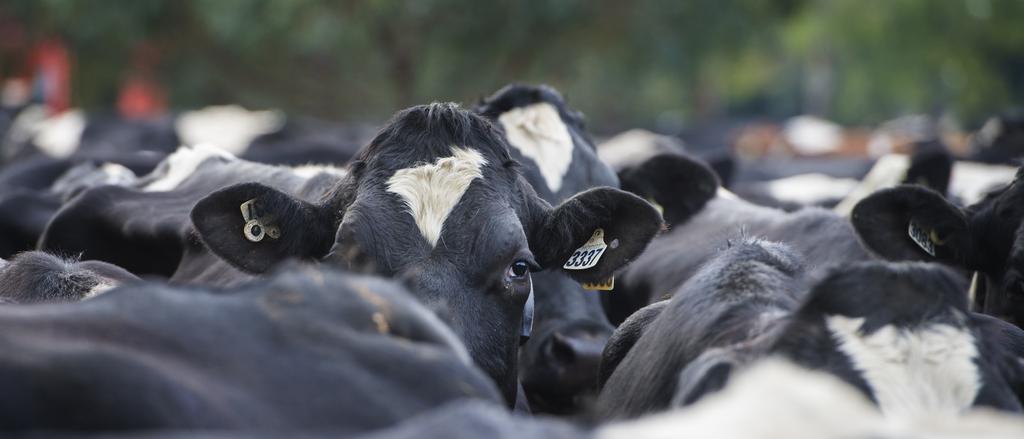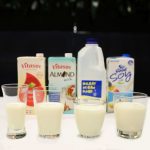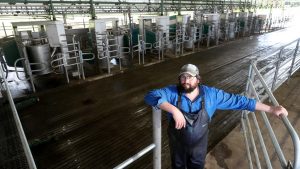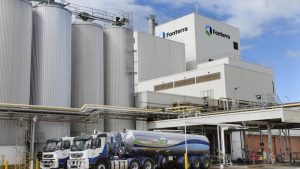
And the lack of a national champion co-operative processor has been identified as a major factor by the world’s peak dairy research body.
Torsten Hemme, founder and chief executive of the IFCN Dairy Research Network, said the fragmented nature of Australia’s dairy’s processing sector, and losing the fight for resources such as water to other ag sectors, has seen Australia slip well down the rankings of the world’s dairy producers.
“Australia was in first league and has stepped back,” the German-based Dr Hemme told The Weekly Times.
“It looks like Australia is not playing in the top leagues anymore,” he said.
Dr Hemme said Australia had gone from being the third biggest dairy exporter in the world in 2000, to being a third-tier producer.
In 2000 Australia exported 52 per cent of its annual production. That dropped to 29 per cent by 2017.
In the same period, dairy imports, as a percentage of national consumption, had increased from 8.4 per cent to 17.8 per cent.
And the Australian Dairy Situation Analysis report this month revealed the nation’s share of the dairy export trade had slumped from 16 per cent in the 1990s to just 6 per cent last year.
This was despite world demand for dairy growing by 19 million tonnes a year for the past 20 years — the equivalent of adding New Zealand’s annual dairy production each year.
And it was the New Zealand model of a dominant dairy processor that Dr Hemme said Australia could or should have emulated to be a world export leader.
“If an industry is dominated by one processor, usually these regions do better than regions that are fragmented in processing,” he said.
He pointed to New Zealand, Finland, Norway, Denmark, Holland, Uruguay and Peru as countries that have “one champion” processor and a prosperous dairy sector.
“If I am a dairy farmer and I have a consolidated milk processor I would feel more comfortable.
“For a successful dairy region you need leadership.
“And that is usually easier when you have a highly consolidated dairy region rather than if you compete with your neighbour for the milk and this argument between farmers of ‘do I go there?” and a lot of talents, energy and resources of the industry are wasted in this battle on where and how to buy and sell milk.”
He also said Dairy Australia should play a strong role in this scenario.
“When a strong levy organisation with a strong processor works together, you have advantages over other countries.”
The caveat, Dr Hemme said, was that the dominant processor must be a co-operative.
“The biggest precondition is that this dominating processor is run as a successful co-op, a value-creating co-op managing farmers’ needs, while at the same time managing business needs.
“From a legal competition perspective, nothing else is possible, because no one would allow any private company to consolidate a market to gain such market power.”
Dr Hemme was aware of the water debate in the Australian dairy sector as it fought against government policy and demand from sectors such as almonds.
“If I was involved in the Australian dairy industry, I would go for a root-cause analysis and identify whether we have roadblocks, besides the water thing, although the water roadblock is manageable, from my perspective.”
























